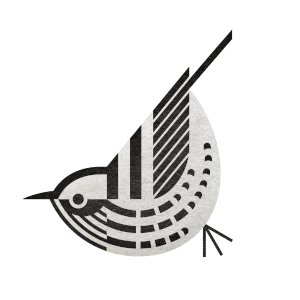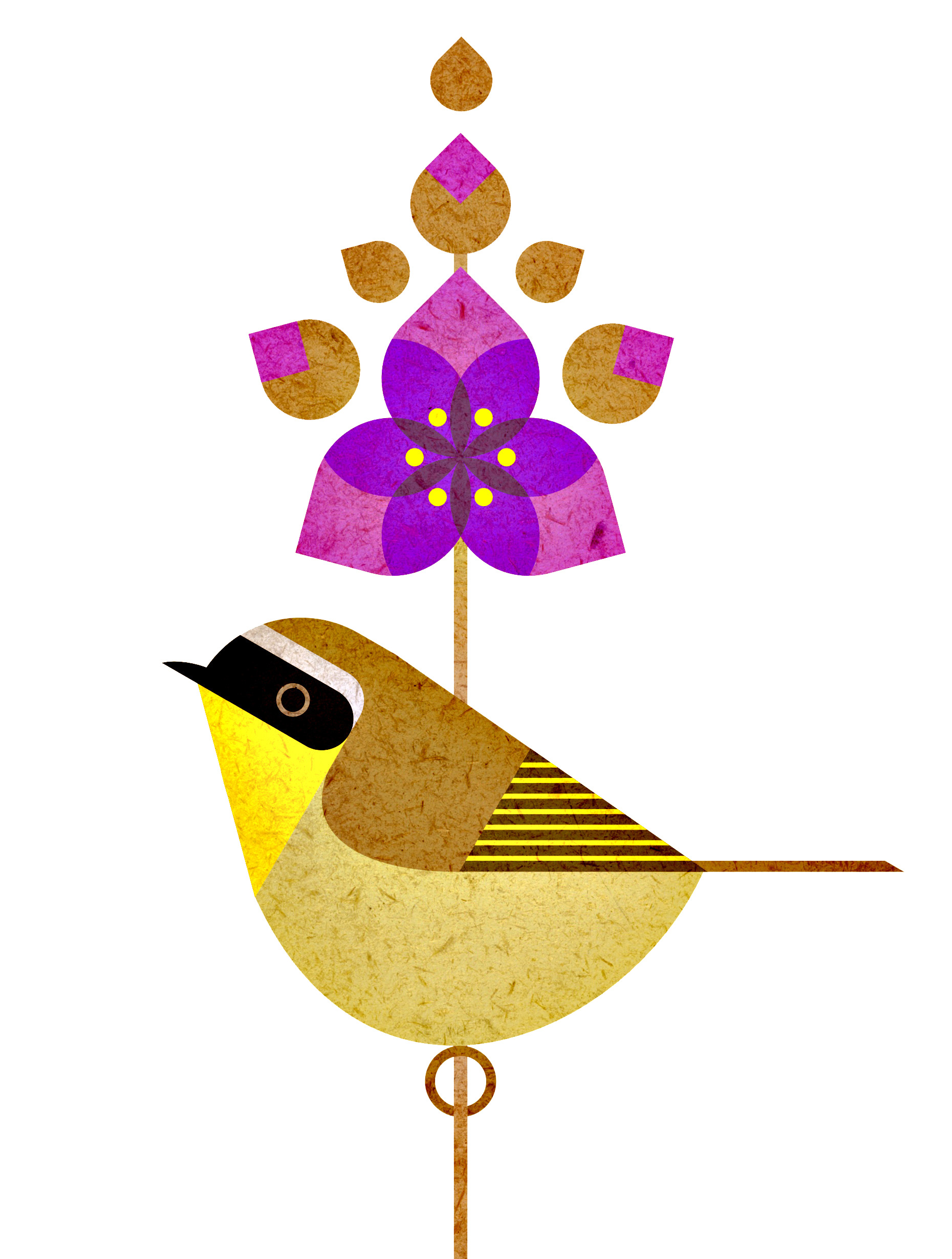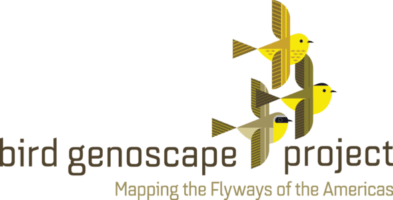Permitting FAQs
*For international shipments only: all species protected under the Migratory Bird Treaty Act require a MBTA Import/Export permit. See below for a complete list of MBTA species.
What to do for domestic shipments?
Contact Amanda Carpenter ahead of time to alert us of the nature of the shipment, and to obtain our USDA Domestic Transport permit to be included within the shipment package. Additionally, we can cover the shipping costs if desired.
What to do for international shipments?
Contact Amanda Carpenter with the following information so that she can create an amended Migratory Bird Treaty Act import/export permit. Please include the following information/documents:
- Sample metadata which MUST include common name, latin name, sample type (blood, feather, tissue, or toe pad), collection date, country, state, plus latitude and longitude.
- Full mailing address, phone number, and email.
- Electronic copies of all applicable collection permits.
- Word document that is an invoice of shipment contents (number of samples, common name, genus/species, type of specimen, collection area and origin)
- e.g. 541 Bank Swallow (Riparia riparia) feather samples collected in Canada, wild origin.



When is a CITES permit required for import/export of bird samples?
Import: Import of Appendix I species requires both import and export permits. No import permit is required for Appendix II and III species.
Export: Export of Appendix I and II species require export permits. Export of Appendix III requires export permit only if exported from country that listed it.
For example, the American Kestrel (Falco sparverius), which are Appendix II species would require an export CITES permit but not an import CITES permit.
More info about CITES can be found here.
CITES appendices can be searched here.
What are the permits required for a species listed under Endangered Species Act?
If the species is listed on the U.S. list of endangered and threatened species and is also listed on CITES appendix I, you will need both an ESA and a CITES import permit. Fortunately, the application form for an ESA import permit is the same as the CITES import form. You need only complete the one form. At the top of the first page, circle (a) import; and (b) both CITES and ESA.
If the species is listed on the U.S. list of endangered and threatened species and is not listed on CITES appendix I, you will not need a CITES import permit. At the top of the form, circle only ESA.
List of ESA species.
ESA/CITES permit form.
What are the USFWS permit requirements for importing non-migratory bird samples?
Species not protected under the MBTA or CITES only require a USFWS permit 3-177 and an export permit from country of origin.
How to handle salvaged bird specimens?
Is CSU authorized to accept salvaged feathers from institutions without their own Scientific Collection or banding permit?
Answer: No.
Is CSU authorized to accept carcasses salvaged by citizens without a collection permit?
Members of the public are encouraged to donate any carcasses to public institutions that are exempt under 50 CFR 21.12 (such as Colorado State University). As long as the same individual is not collecting carcasses on a regular basis, no additional permit is required. Please contact Amanda Carpenter if you have come across a bird carcass or parts that you would like to donate to the Bird Genoscape Project.
Can a member of the public regularly collect bird carcasses legally?
If the same individuals are regularly collecting carcasses, they either need to obtain their own salvage permit, or they need to be listed as a subpermittee under the BGP’s collection permit. If you know that you will be collecting carcasses on a regular basis, please contact Amanda Carpenter so she can add you as a subpermittee. You will then receive a letter designating you as a subpermittee, and a copy of CSU’s permit. You must keep this with you at all times when you are salvaging carcasses.
Do public universities, like CSU, need either a Federal or State Salvage permit to accept legally collected salvage specimens?
At the federal level, as employees of a public scientific or educational institution, we are covered under 50 CFR (Code of Federal Regulations) 21.12b to receive and lawfully hold collected migratory birds or their progeny, parts, nests, or eggs without a permit. So for example, public institutions like CSU would not need a scientific collection permit to receive samples but private institutions like Stanford would.
At the state level, you should contact the state that the salvaged specimens are coming from and find out if they defer to the federal law or if they have their own state regulations. For any state you receive carcasses from, contact their scientific collection permit department to confirm and request, by email, if no additional permits are required. However, it is possible that the person or organization sending you samples will need a “permit exemption” letter on university letterhead that clearly states that the samples will be stored at the university location.
States we already have contacted:
CA – Does NOT require additional permits for samples that have been legally collected within the state of California. Defers to federal law.
CO – Does NOT require additional permits for samples that have been legally collected within the state of Colorado. Defers to federal law.
Note: CSU will report all carcasses that are sent to CSU for sample collection on their annual report for their USFWS Federal Migratory Bird Scientific Collection Permit.
